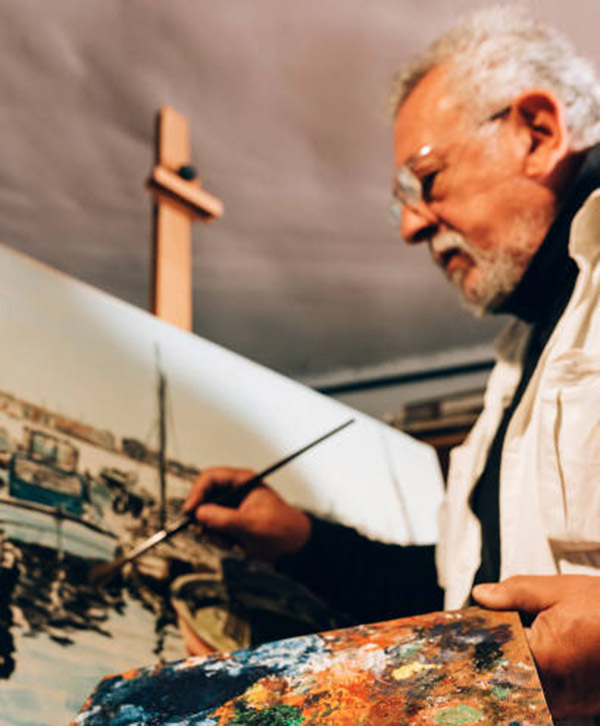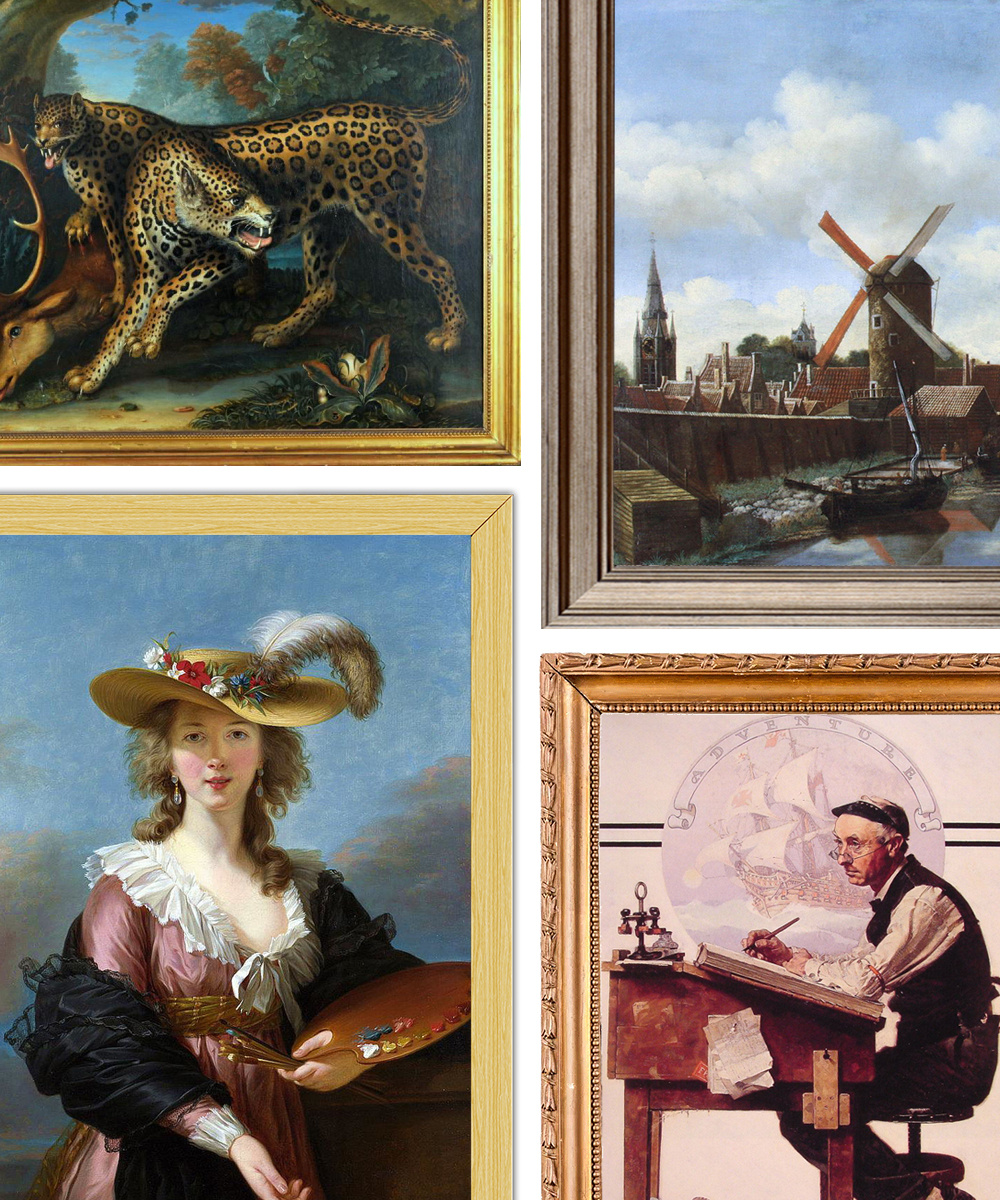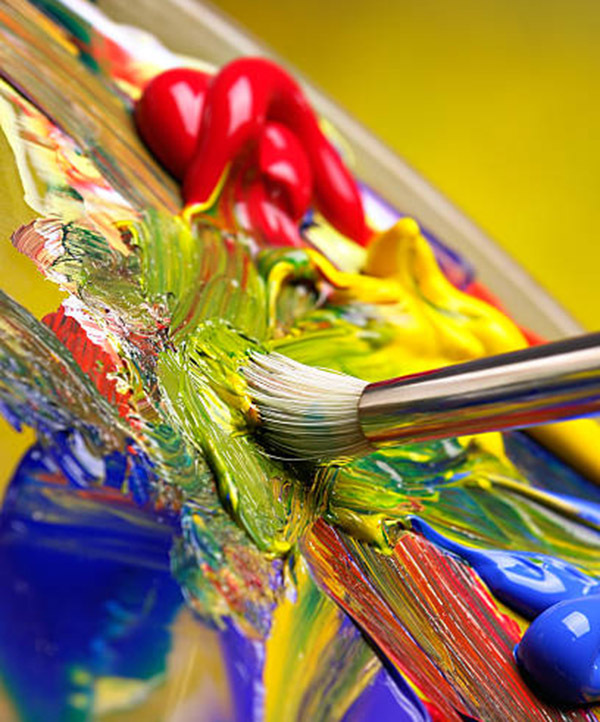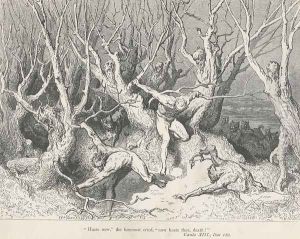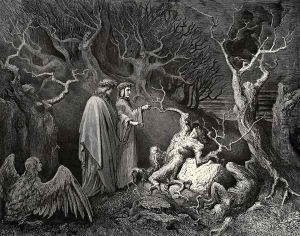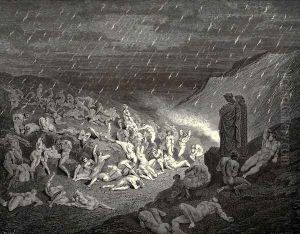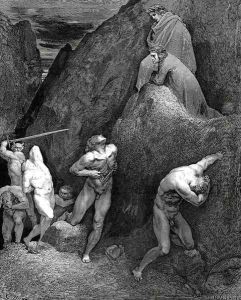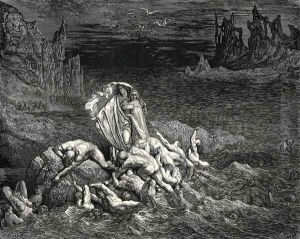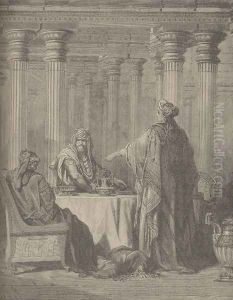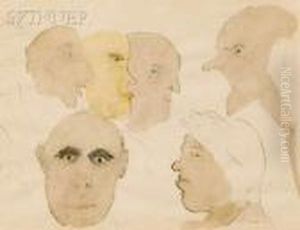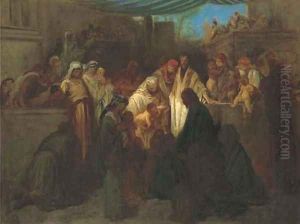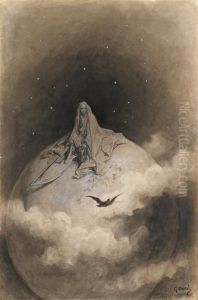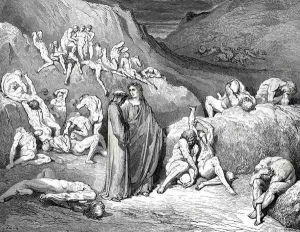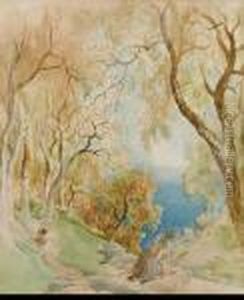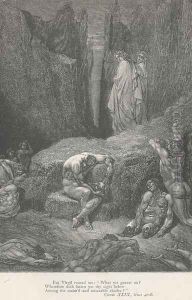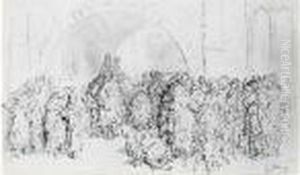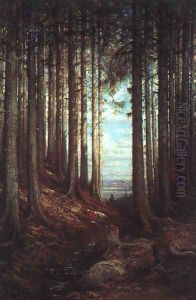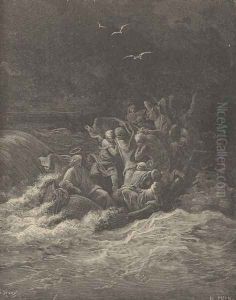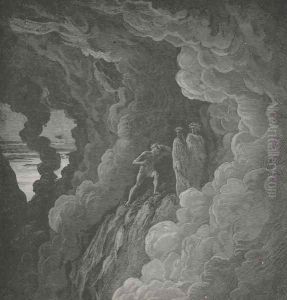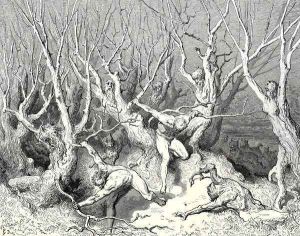





The Inferno, Canto 13, line 120: "Haste now," the foremost cried, "now haste thee death!"
-
About Reproduction
Discover the allure of art with our faithful reproduction of "The Inferno, Canto 13, line 120: "Haste now," the foremost cried, "now haste thee death!"", originally brought to life by the talented Gustave Dore. Unlike posters or prints, our hand-painted oil painting breathes an unique sense of depth and texture into your space. Every detail, every stroke, and every texture is meticulously recreated, paying the perfect homage to Gustave Dore and his artistic vision.
Owning this piece is more than just decoration - it's a statement of your refined taste in art. Let the vibrant colors and intricate details of this replica serve as a daily reminder of the beauty in our world. Elevate your decor and appreciate the richness of art with our replica of this masterpiece.
-
Painting Description
"The Inferno, Canto 13, line 120: 'Haste now,' the foremost cried, 'now haste thee death!'" is an illustration by the renowned French artist Gustave Doré, created as part of his extensive series of works depicting scenes from Dante Alighieri's epic poem, "The Divine Comedy." This particular piece corresponds to the thirteenth canto of "Inferno," which is the first part of the three-part poem. In this canto, Dante and his guide Virgil traverse the second ring of the seventh circle of Hell, where those who committed violence against themselves—suicides—are punished.
Doré's illustration captures the harrowing moment described in line 120, where the souls of the damned are transformed into gnarled trees and are eternally tormented by harpies, creatures from classical mythology with the body of a bird and the face of a woman. The line "Haste now," the foremost cried, "now haste thee death!" reflects the despair of the souls who, even in the afterlife, yearn for the release of death, which they cannot attain.
Gustave Doré (1832–1883) was a prolific artist, illustrator, and sculptor, known for his imaginative and often dramatic interpretations of literary works. His illustrations for "The Divine Comedy" were completed in the 19th century and are among his most famous and celebrated works. Doré's engravings for Dante's masterpiece were first published in 1861 and have since become iconic, influencing the visual language of how Dante's visions of the afterlife are depicted in art and popular culture.
Doré's approach to illustrating "The Inferno" was characterized by his attention to detail, his ability to convey intense emotion, and his skill in rendering complex scenes with numerous figures and dramatic landscapes. His work on "The Divine Comedy" not only showcases his artistic talent but also his deep engagement with the text, as he visually interprets the rich allegories and symbolism present in Dante's writing.
The illustration "The Inferno, Canto 13, line 120: 'Haste now,' the foremost cried, 'now haste thee death!'" is a testament to Doré's mastery of the medium of wood engraving and his capacity to evoke the dark and foreboding atmosphere of Dante's Inferno. It remains a significant contribution to the visual arts and to the enduring legacy of "The Divine Comedy."
-
Lead Time & Shipping
When you order this oil painting replica, it typically takes 2-3 weeks to paint. If the artwork is more complex, it might need a little more time to ensure the best quality. Once it's ready, we'll send you a photo for your approval. After you give the green light, we'll ship it to you for free.
-
Return & Refund
We believe in the quality of our hand-painted oil painting reproductions, and your satisfaction is our priority. If for any reason, you are not completely satisfied with your purchase, we offer a 45-day return policy. You can return your artwork within 45 days of receipt and receive a full refund. Please note that the artwork must be returned in the original packaging and in the same condition as it was received.

